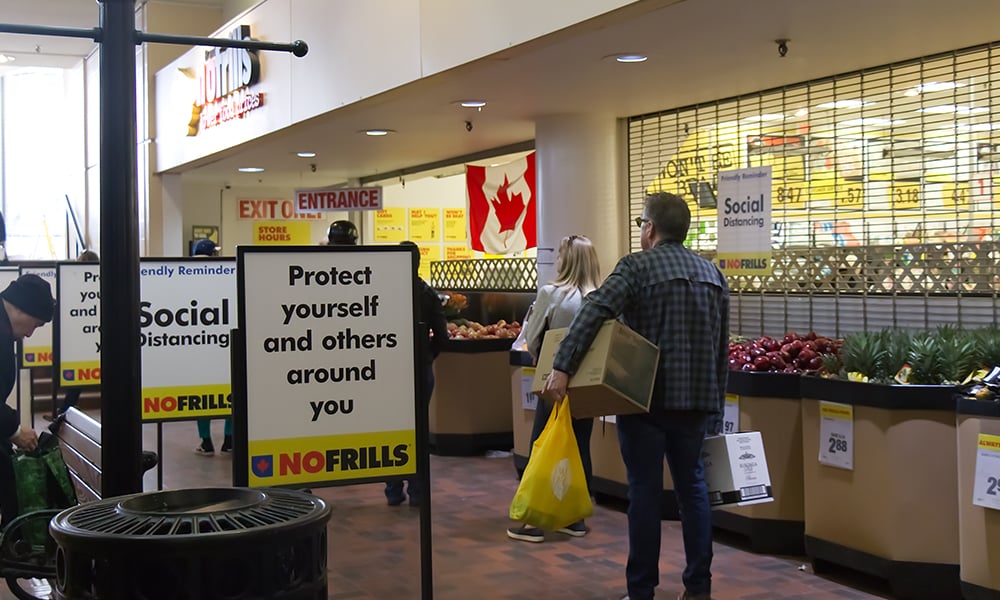‘The business model wasn’t built on running at half or 75-per-cent capacity’

With provinces slowly allowing shuttered businesses to reopen in the wake of the COVID-19 crisis, many employers are facing problems that they didn’t have to consider in the past, found a new survey.
“It’s good news that we’ve turned the corner on COVID and we’re starting to talk about reopening, but it brings some new challenges. Some of these challenges are more welcome; it’s a happier place to be to figure out how to reopen than it is to shut down,” says Laura Jones, chief strategic officer and executive vice-president of the Canadian Federation of Independent Business (CFIB) in Vancouver. “Businesses are really desperate to get back to making sales and to get off government subsidies, and that’s not going to happen right away.”
Topping the list of new anxieties at 64 per cent is managing new social distance rules, according to the survey.
“I’ve talked to some salon owners who were saying, ‘We’re not sure how we’re going to make this work, because our business model is to have enough people in the salon so that we can pay our rent and other bills. A half-customer base will be half revenue, and how sustainable is that over the long term?’” says Jones. “The business model wasn’t built on running at half capacity or 75 per cent capacity, it’s running at full capacity.”
For many small companies, reconfiguring store layouts might be easier than it will be for larger organizations, she says.
“Some of the smaller businesses, they’re actually in a good position to do this because they don’t have 50 people in their store; they can put signs on the door saying, ‘Maximum three people’ and know that that’s the social distance and they’re not crowded operations anyway.”
Other concerns mentioned by the CFIB members surveyed include sanitization measures (55 per cent), providing comfort and security to customers (53 per cent) and knowing just what the rules are for reopening businesses (52 per cent).
Finding information from governments and public health officials is proving difficult, says Jones.
“Provinces are working on some guidance documents and we’ve got information on our website in terms of what’s available, but it’s still a bit of a patchwork depending on what province you’re in,” she says. “It’s going to be very messy as this works out and people are going to have to be patient.”
But for all of this to work, governments need to “keep guidance flexible and not too prescriptive,” says Jones. “When you start getting really prescriptive, it starts to fall apart because business owners have a strong incentive and will often go above and beyond what governments want them to do. You have to give them some flexibility to do to do the right thing and don’t pile on a whole bunch of unnecessary red tape because that’s not going to be productive,” she says.
Buying personal protective equipment (PPE) is cited by 48 per cent as a top worry.
“These aren’t things that are a normal part of your supply chain for most businesses,” says Jones.
Connecting with suppliers is proving difficult in some cases, but other businesses are stepping up to help, she says.
“One of the more fun things that happened on one of our webinars is we had a number of our members expressing worry about finding hand sanitizer or face masks, and we had a number of other members jump in and say, ‘Hey actually we’re starting to supply that.’ Many small businesses have jumped into that void.”
The organization launched a PPEs for SMEs (small and medium-sized enterprises) Facebook group to connect suppliers with those who need to buy equipment.
“Hopefully we can be part of the solution,” says Jones.
In Ontario, the government is giving $2.25 million for PPEs and other measures to the meat processing industry, which has been having trouble protecting its workers.
The survey heard from 8,287 respondents and was conducted between May 2 and May 7.




